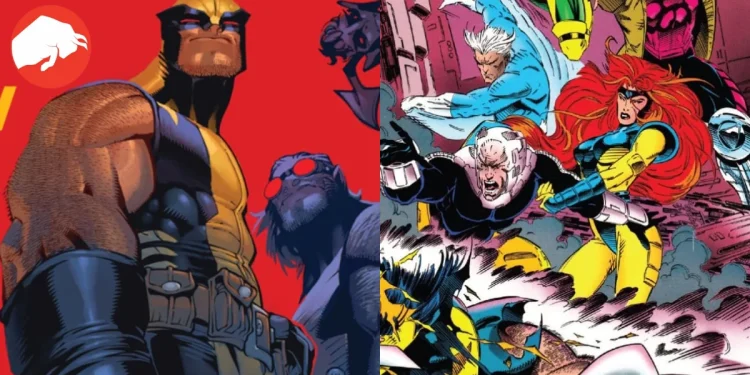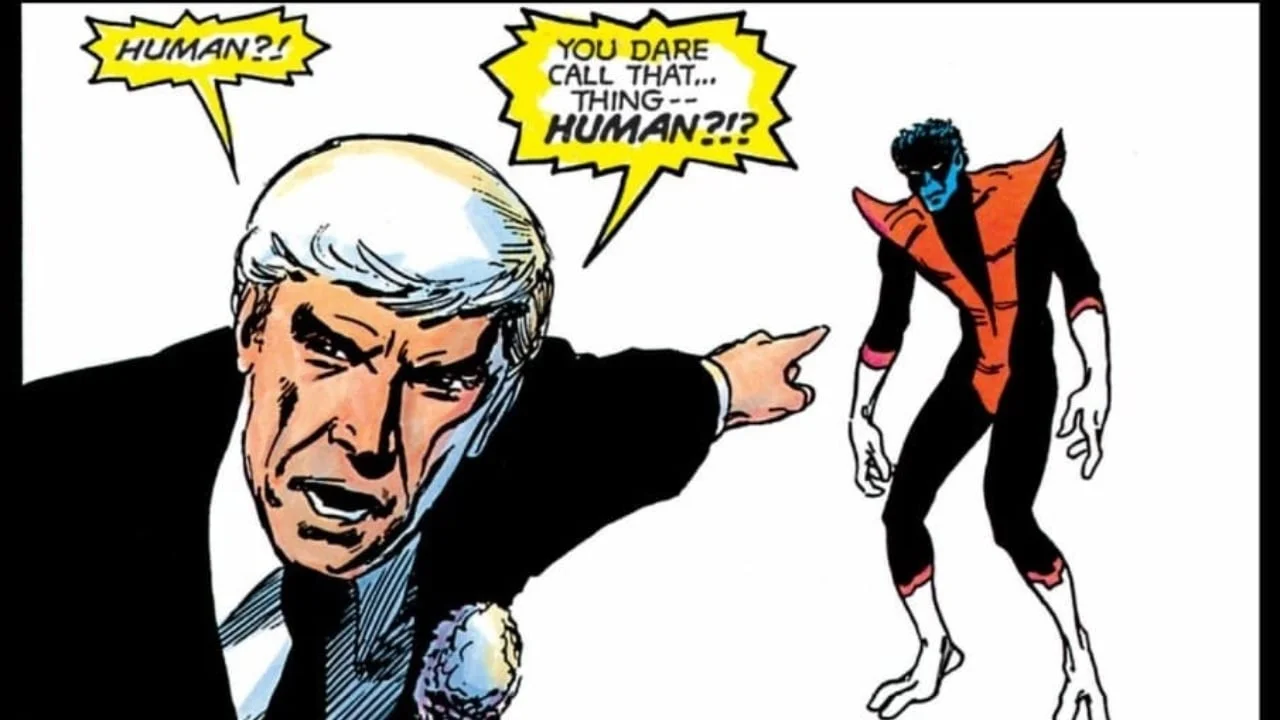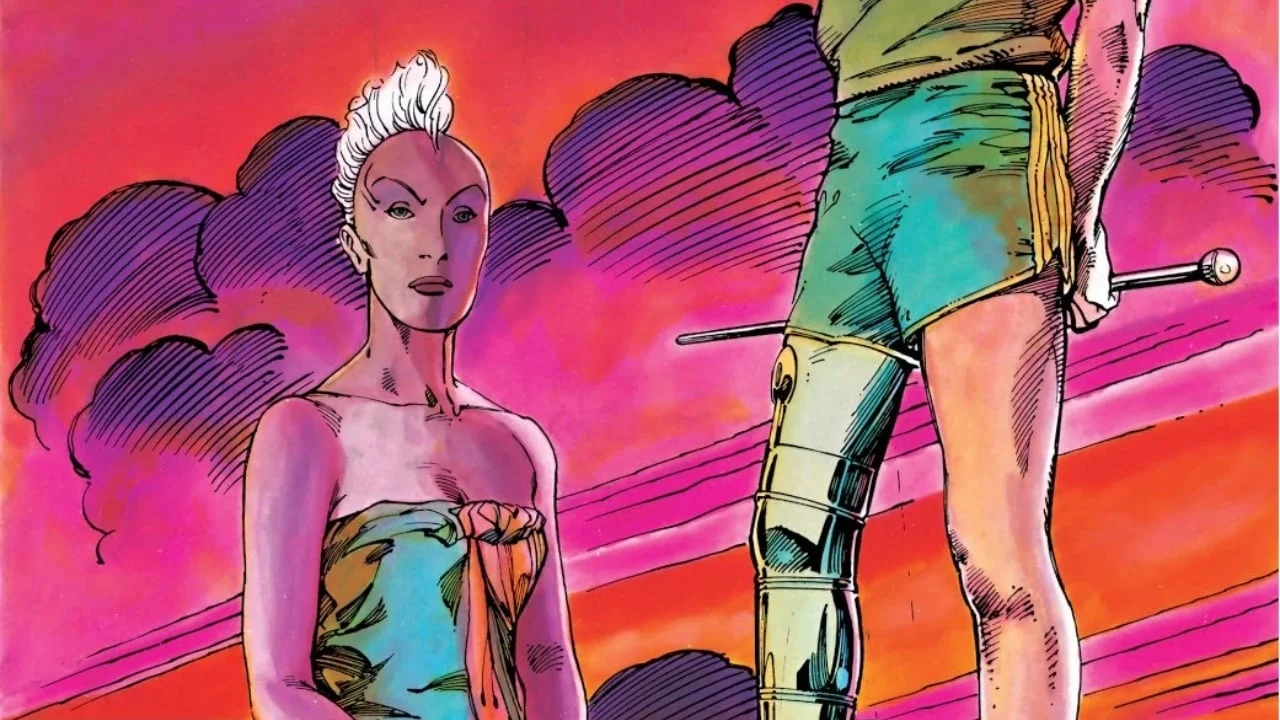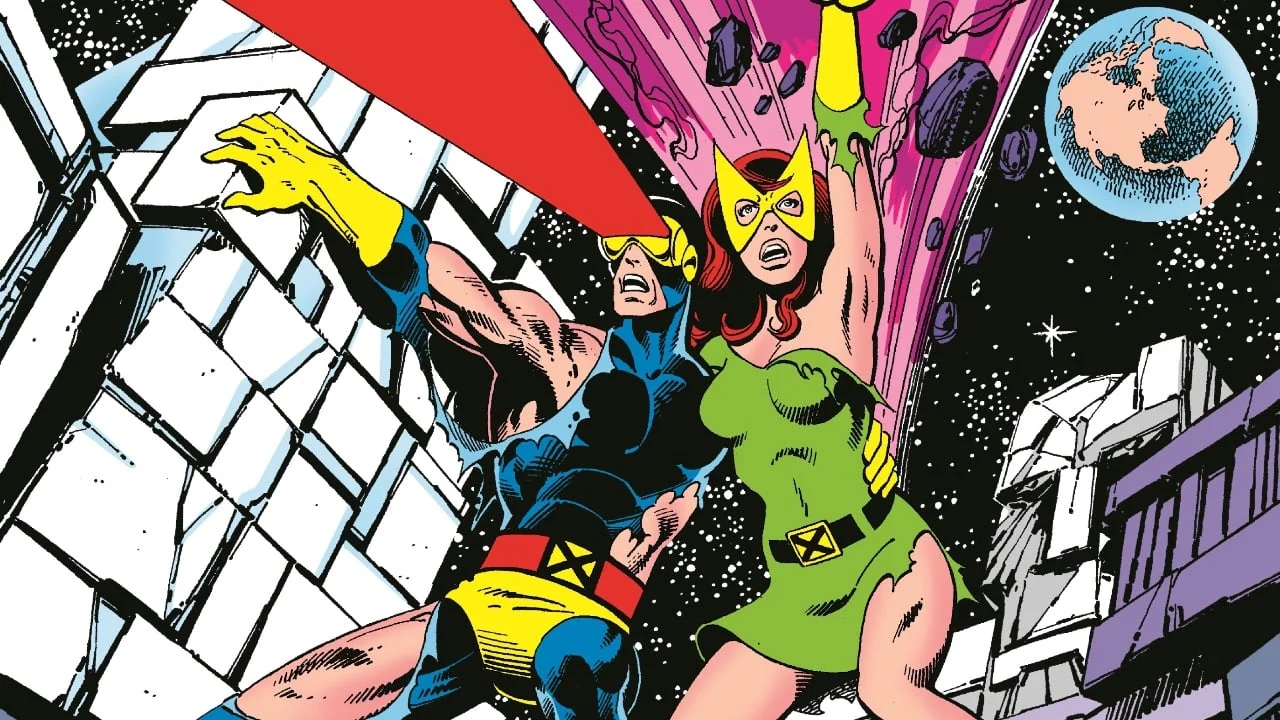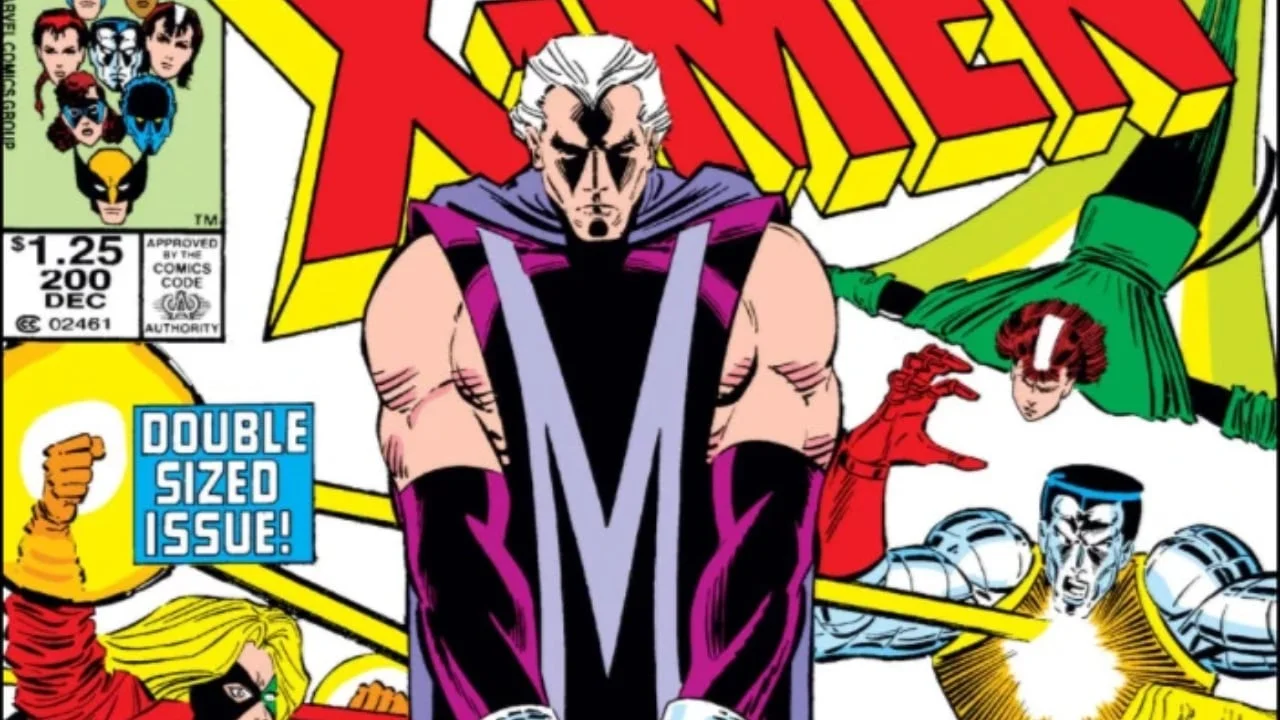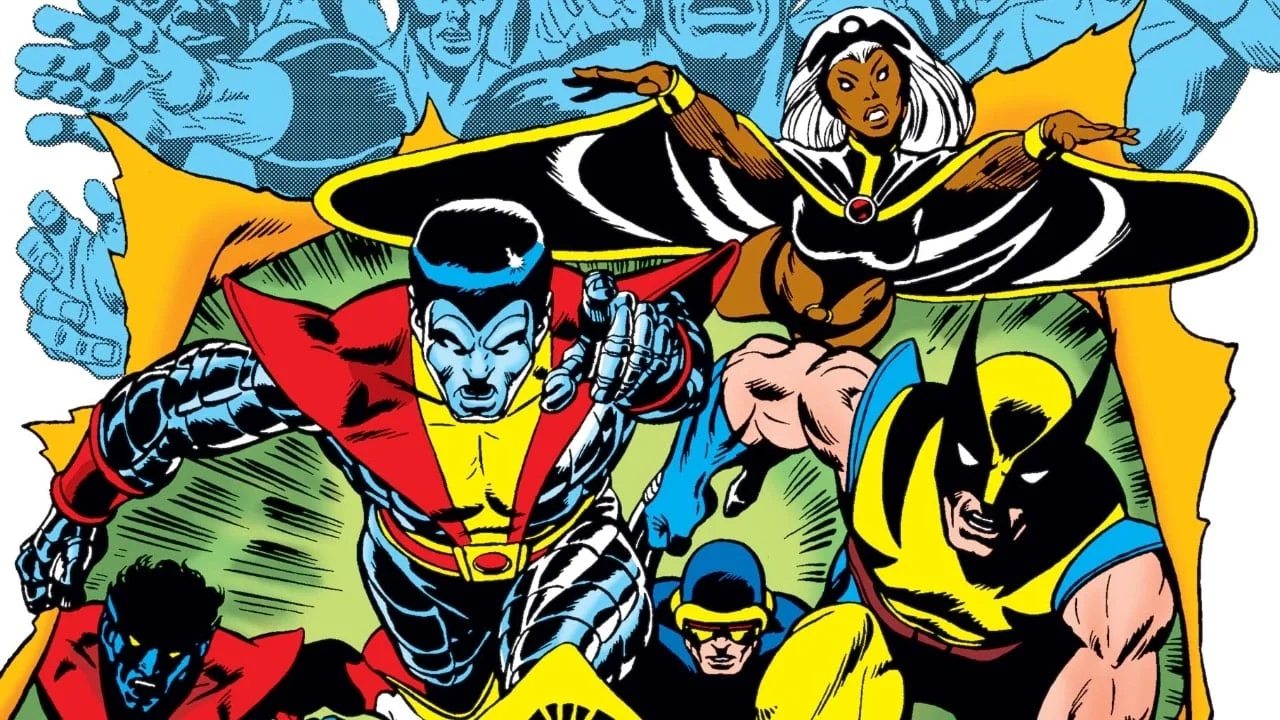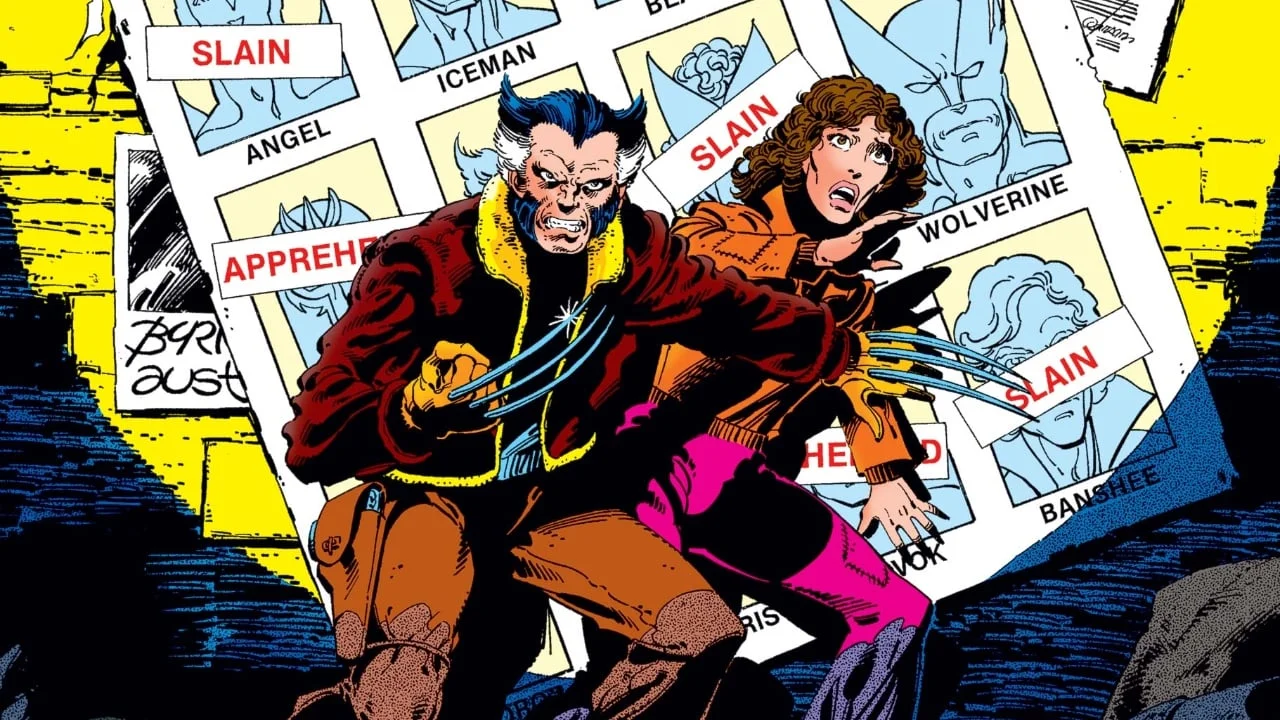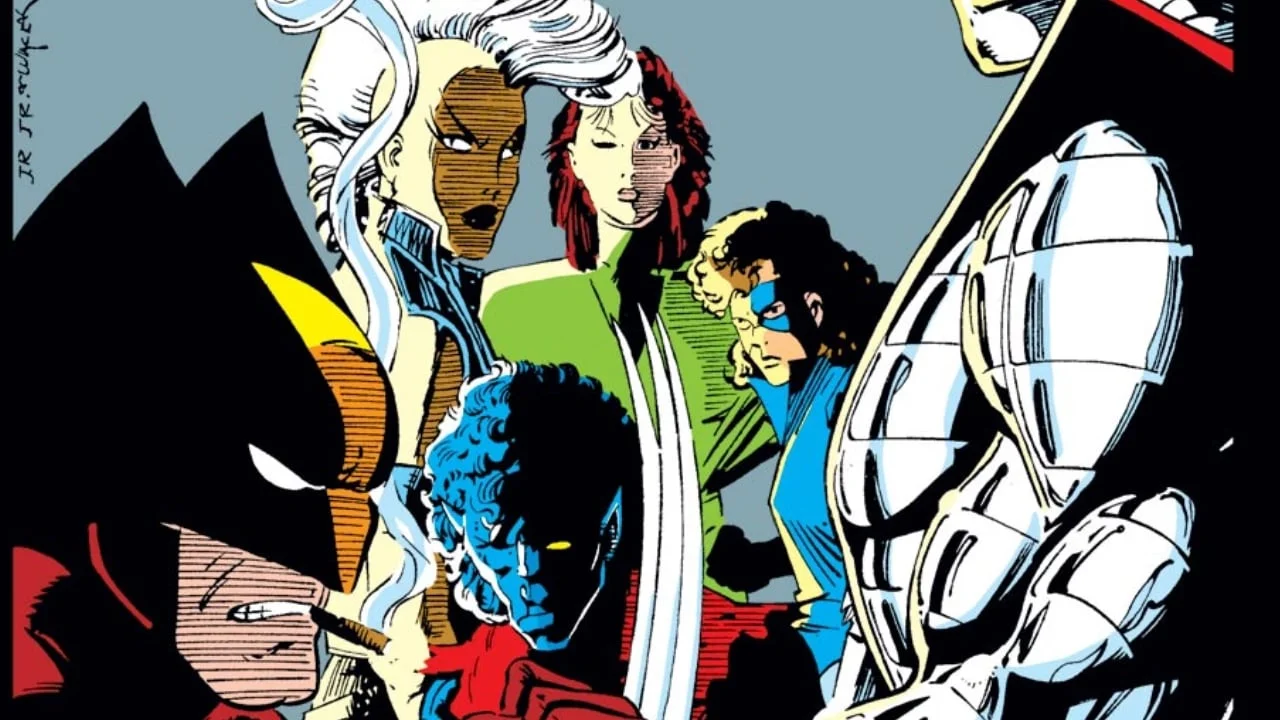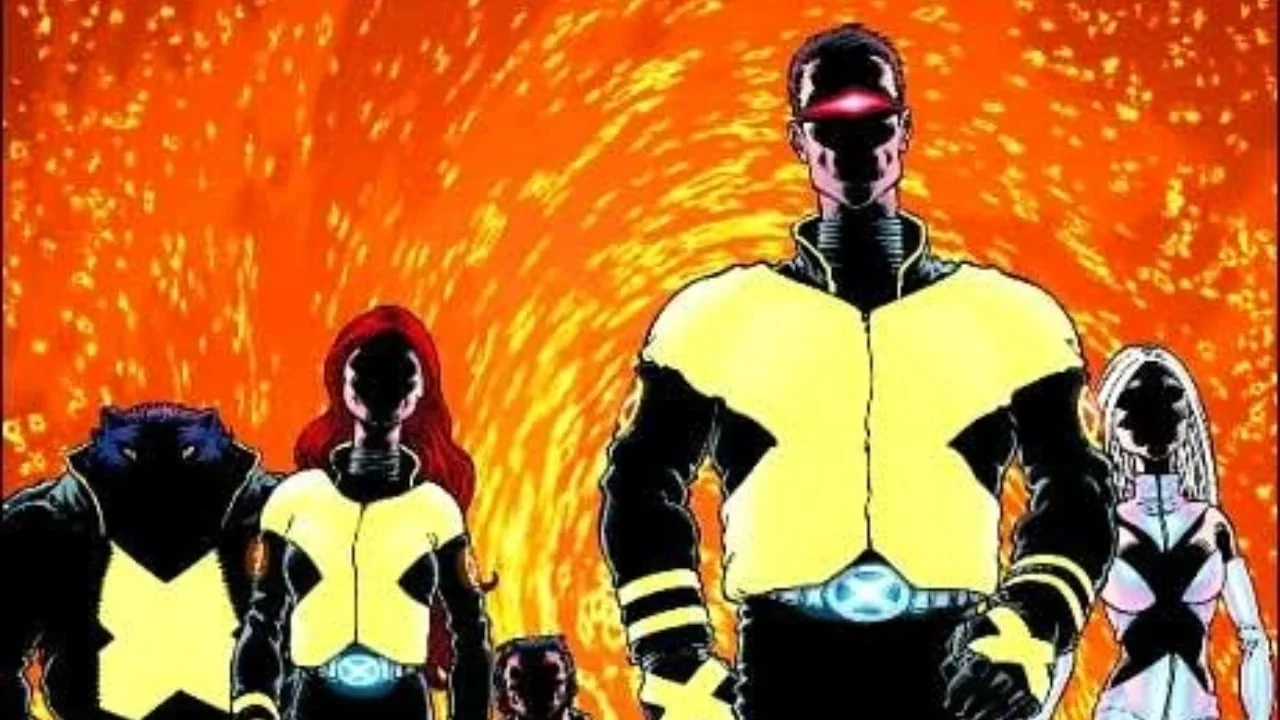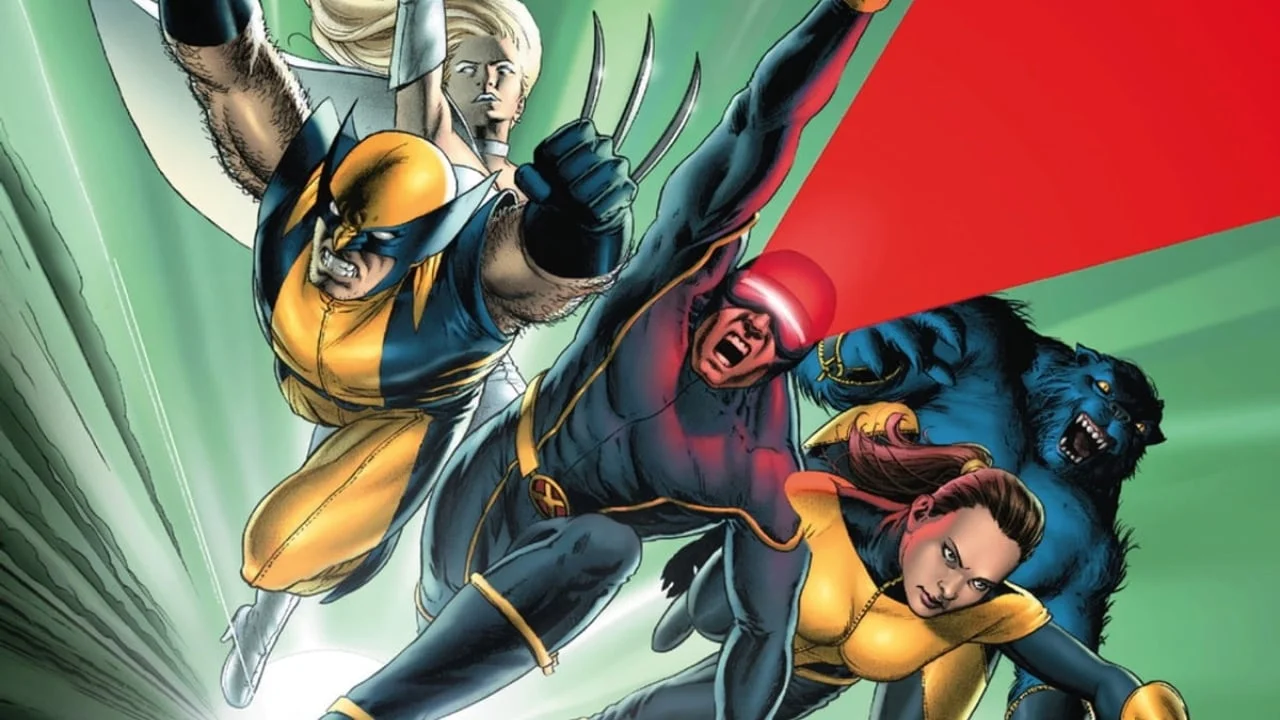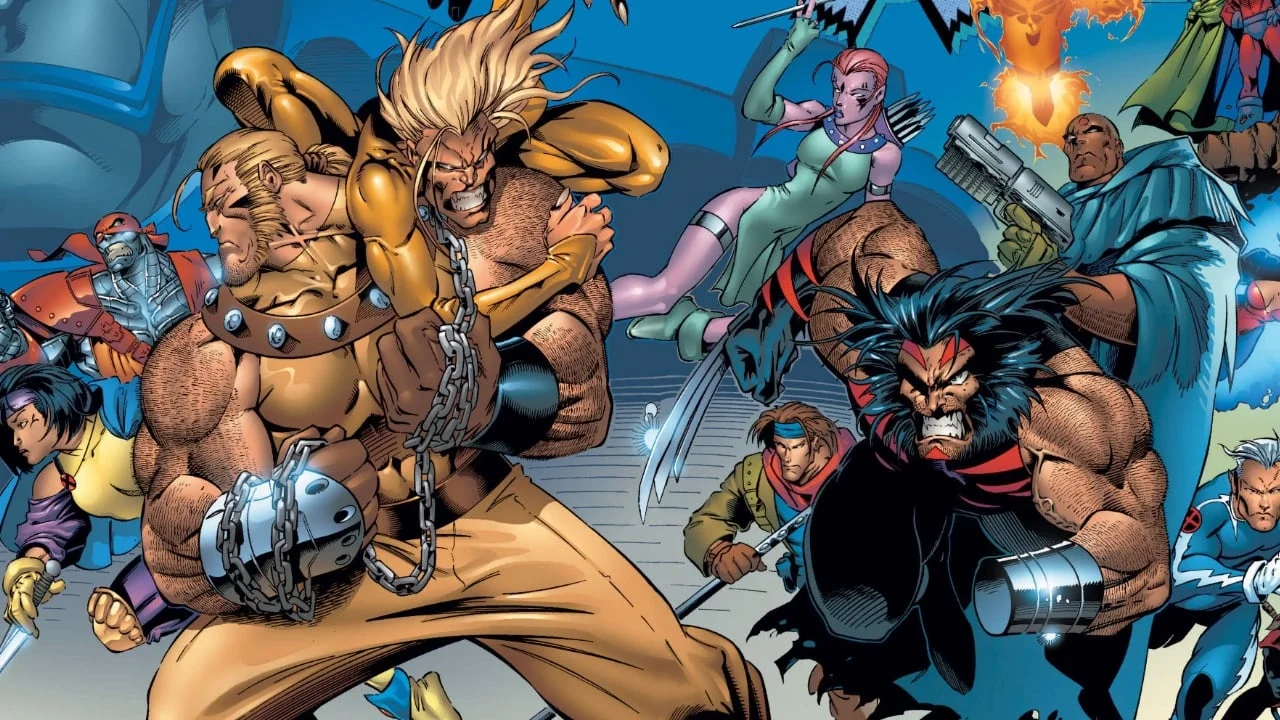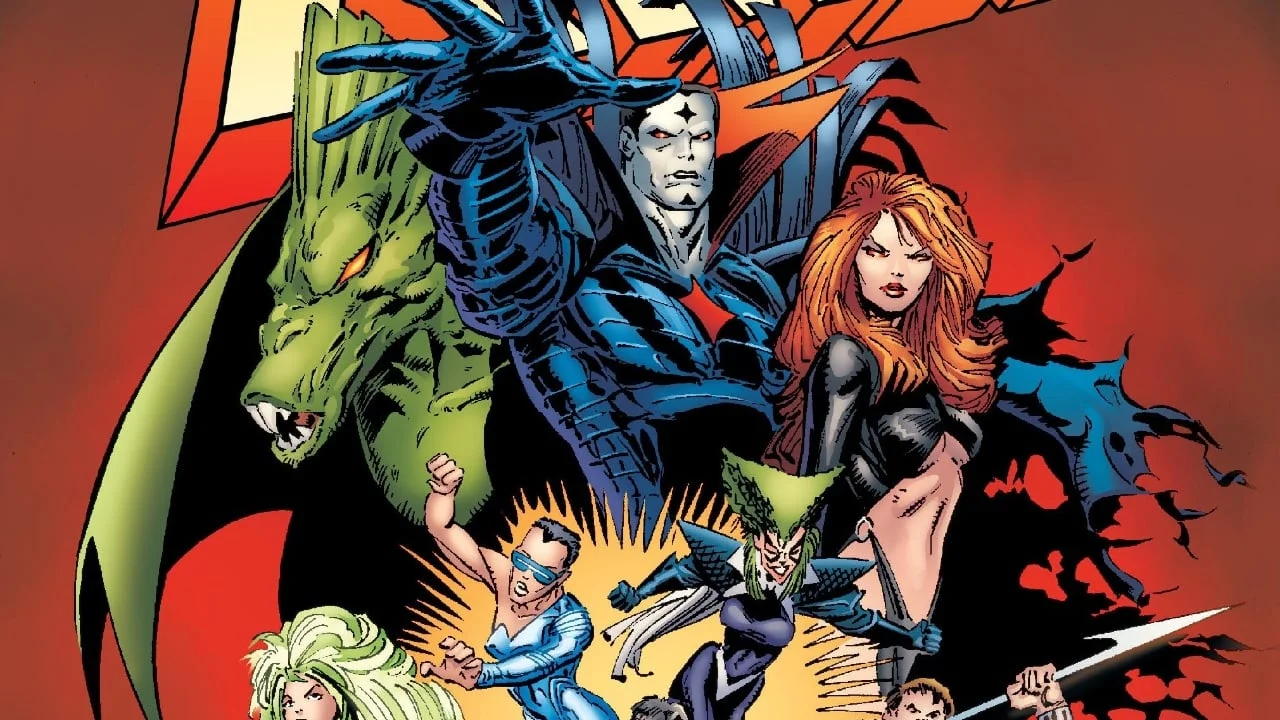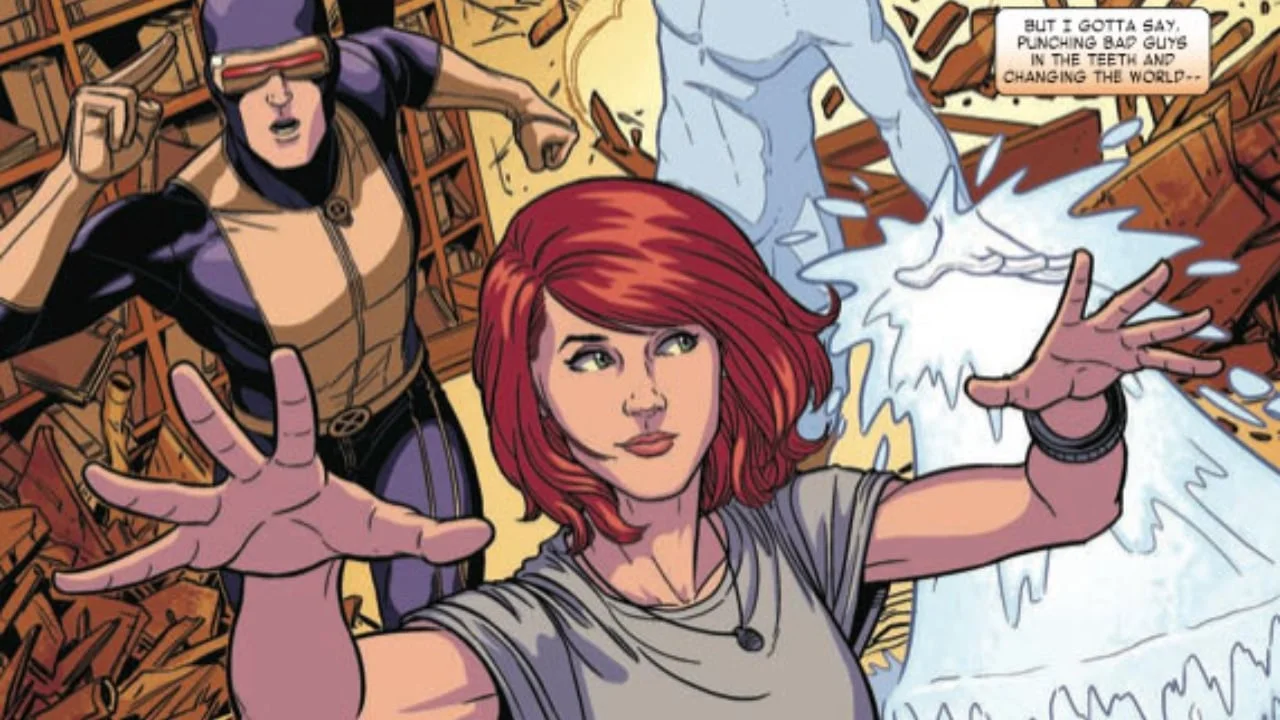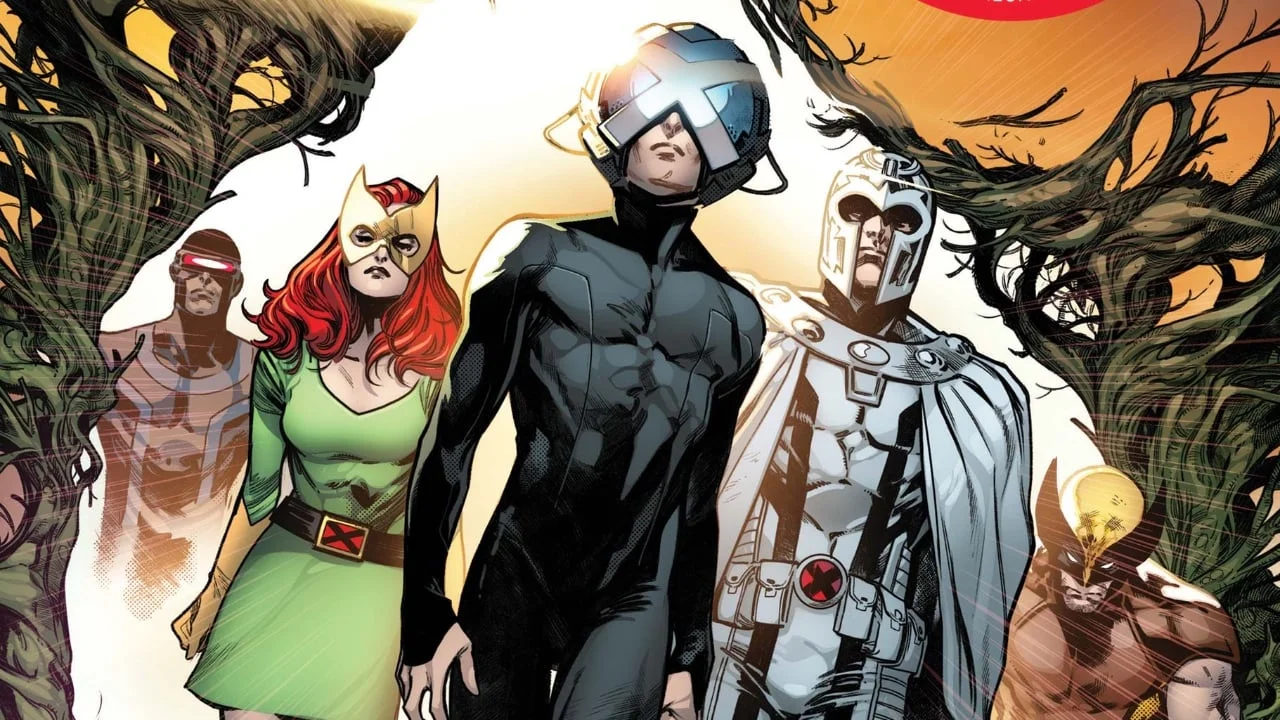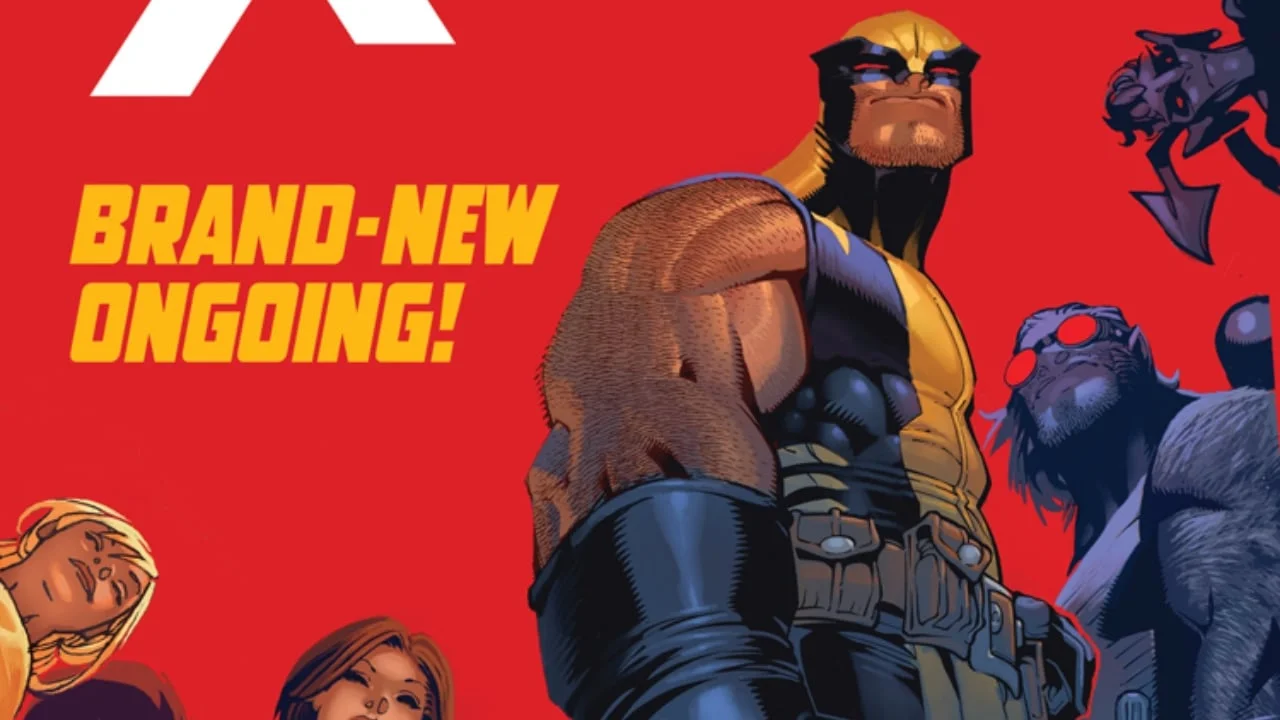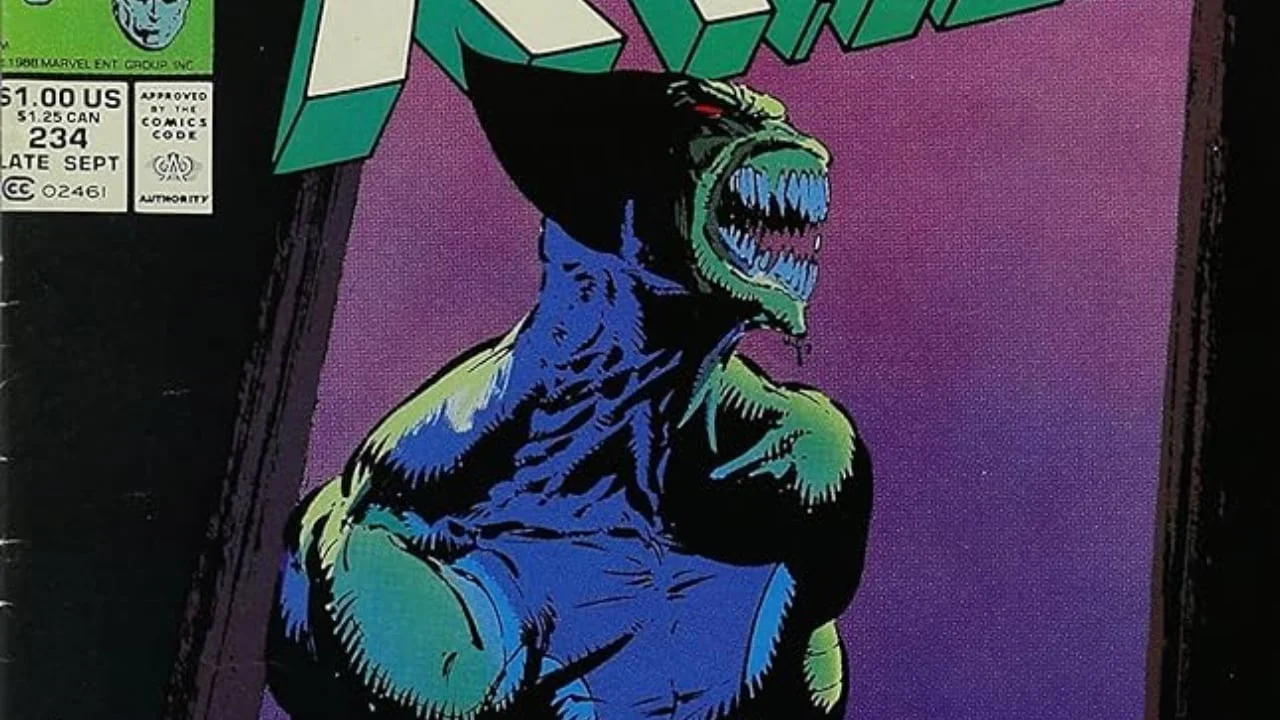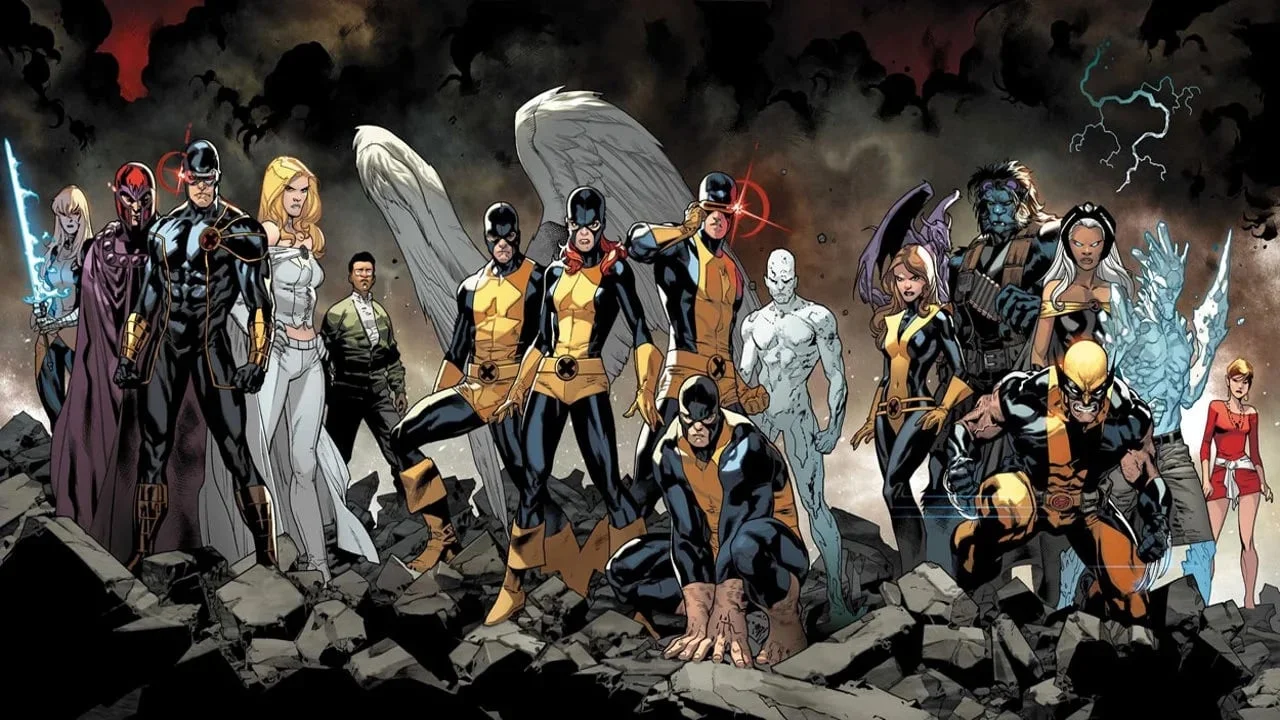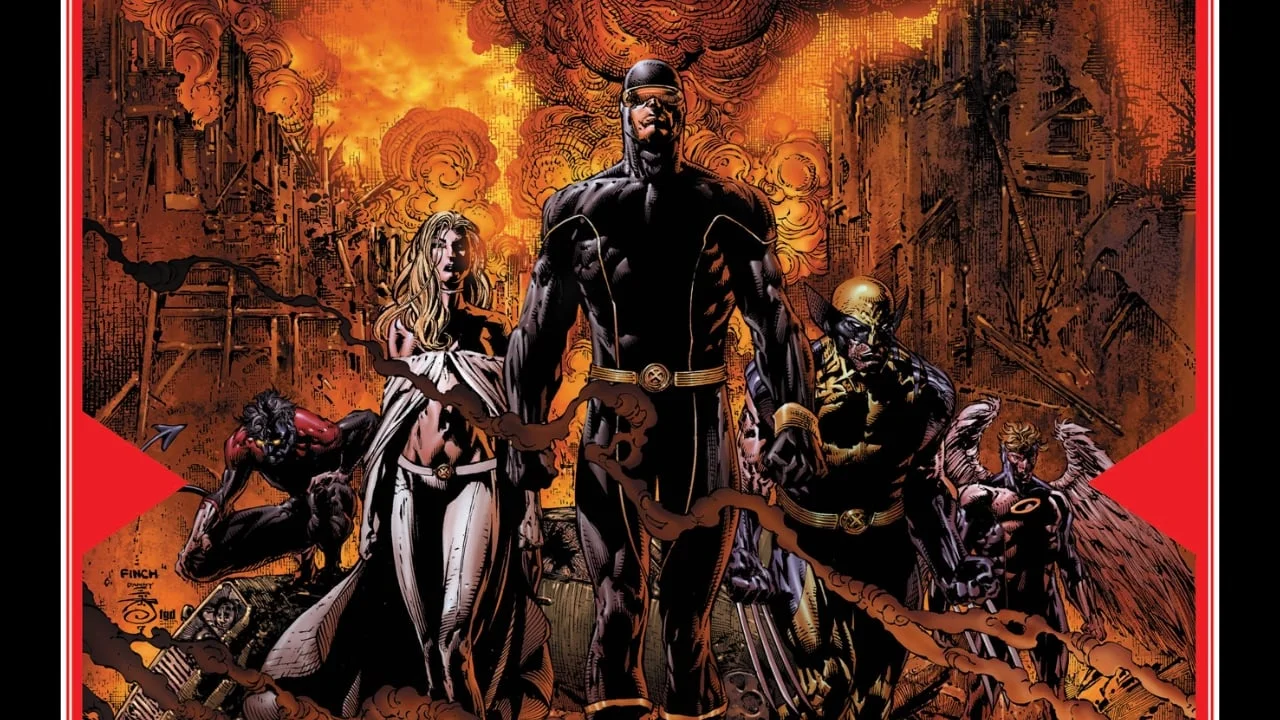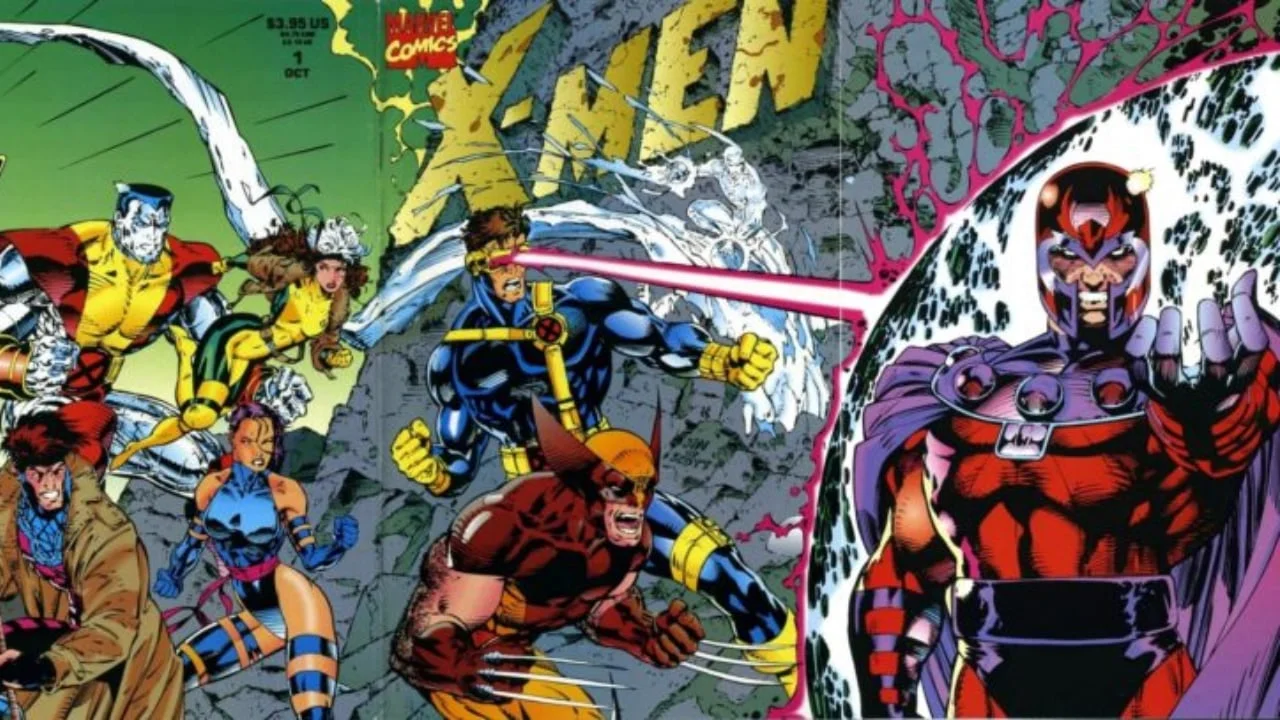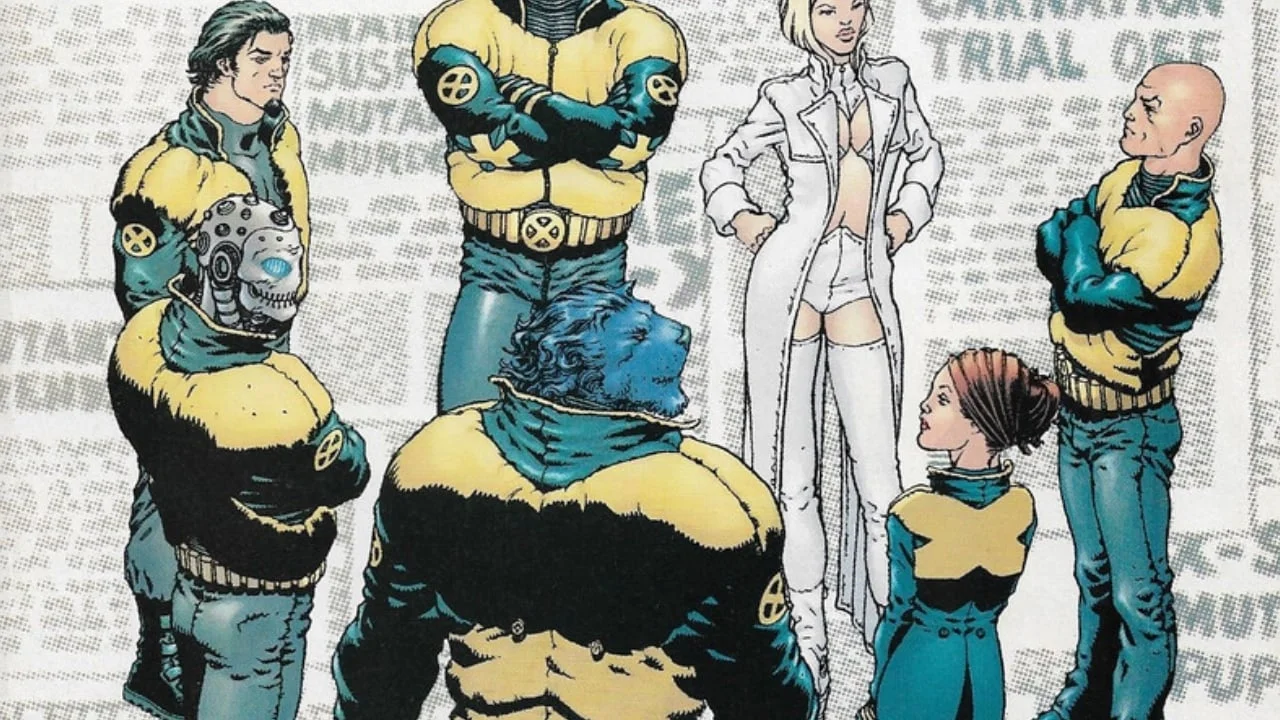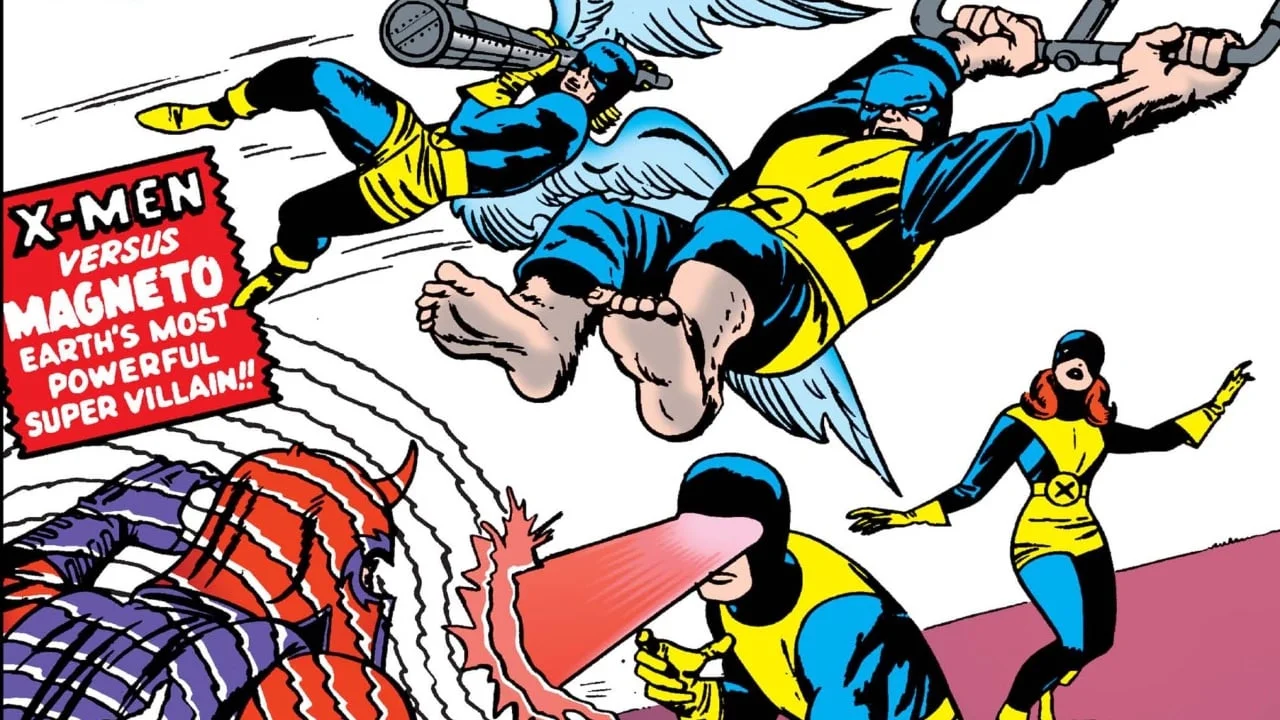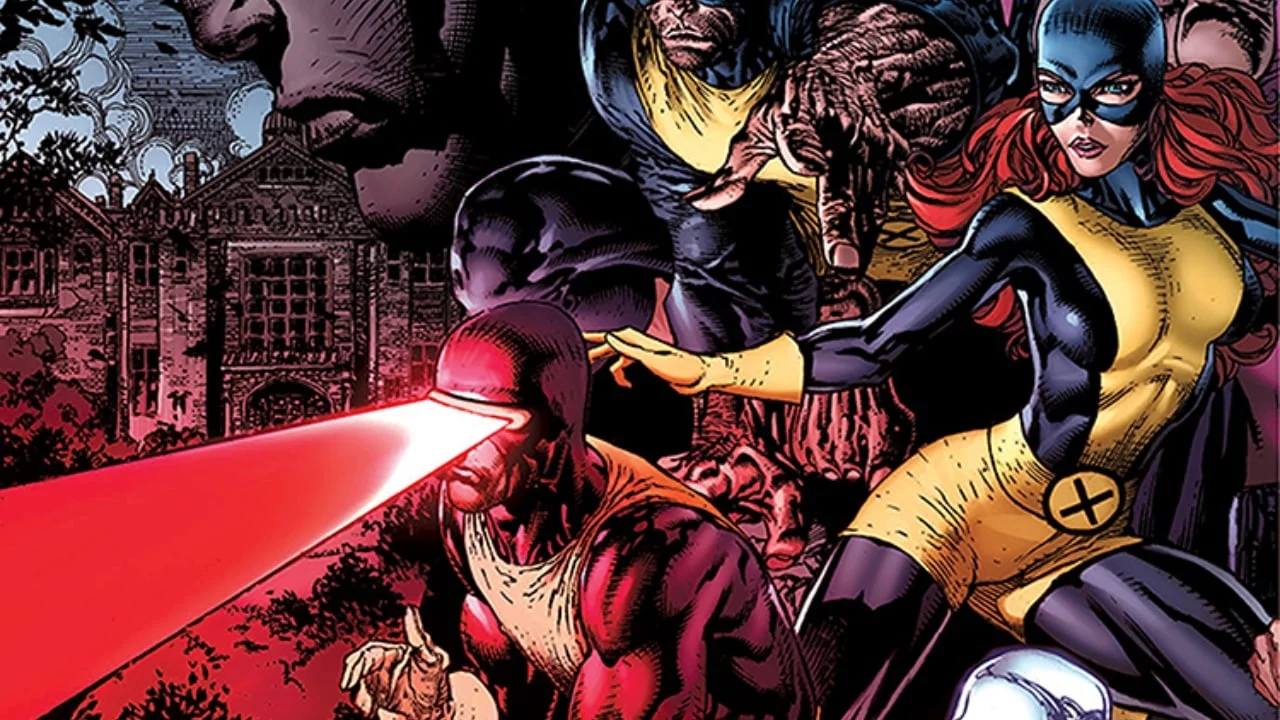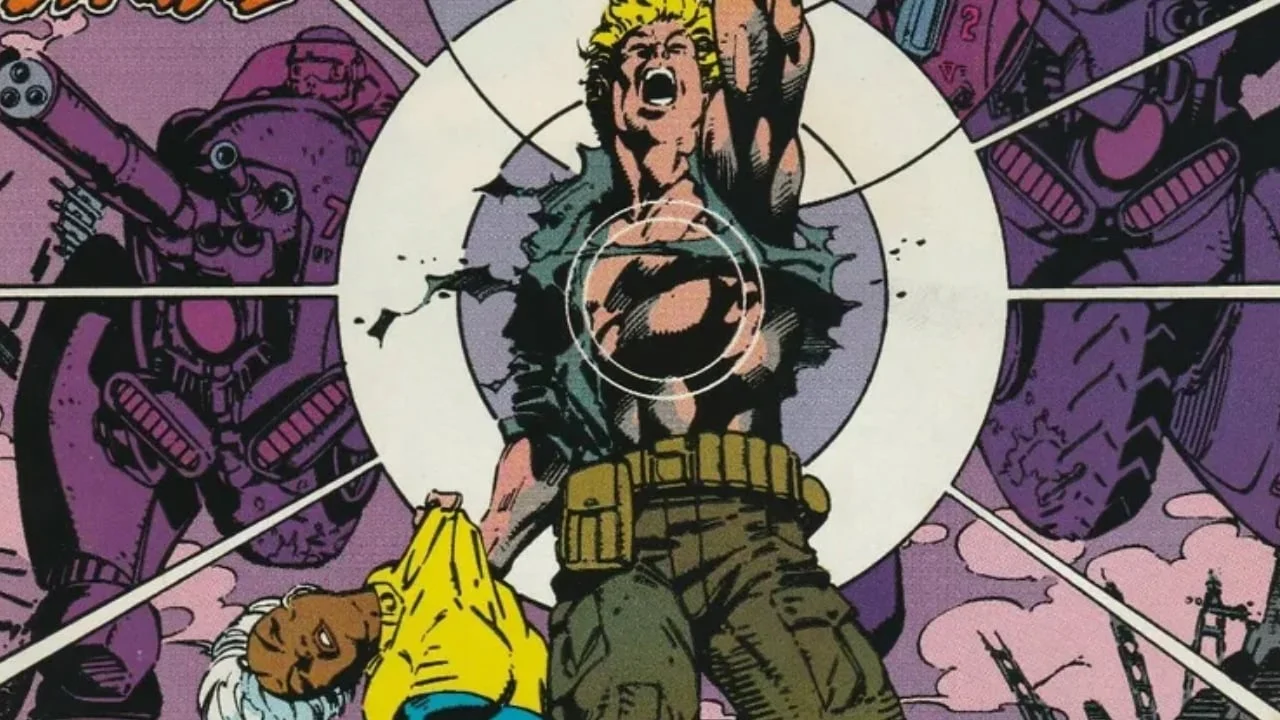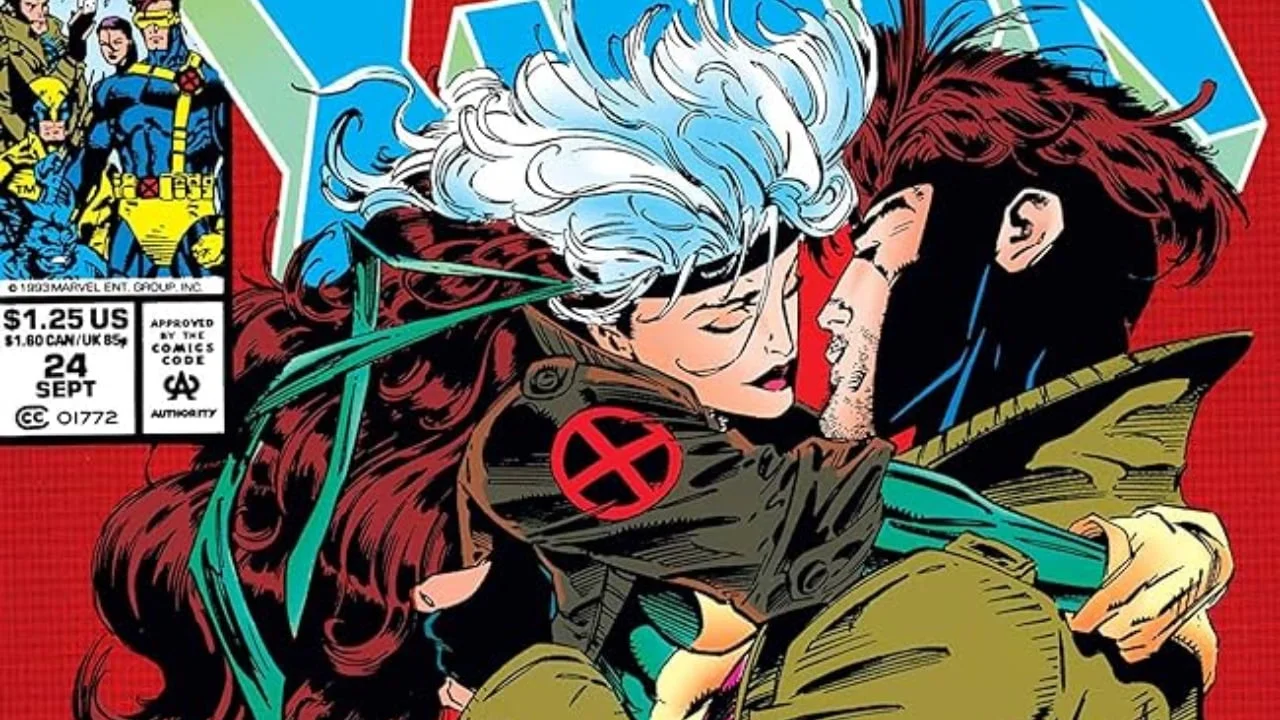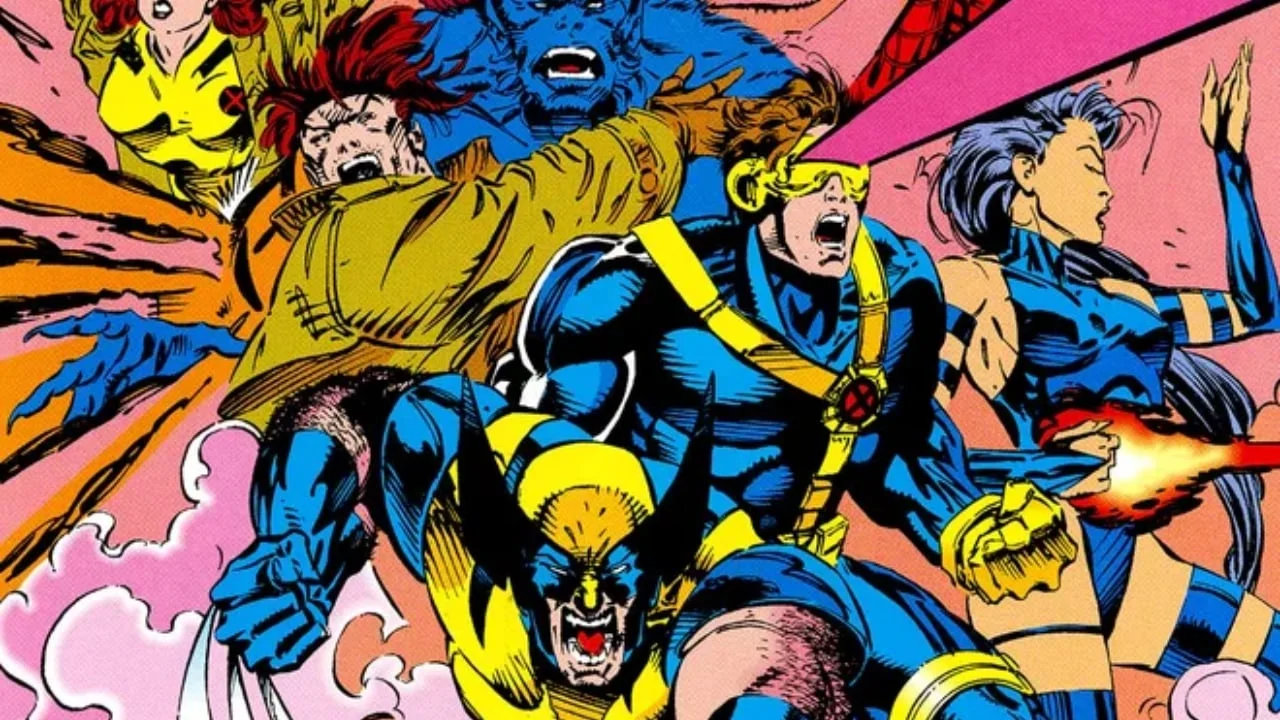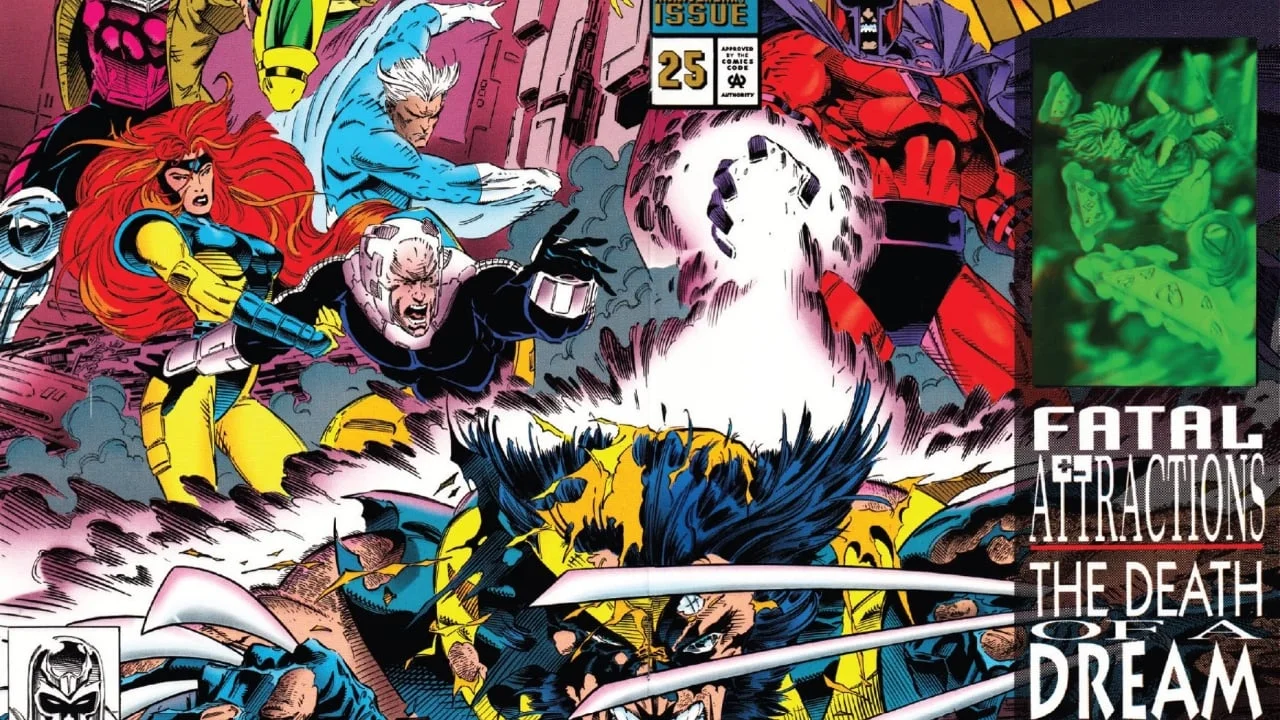The X-Men, one of the most influential and beloved comic book series, owes its existence to Stan Lee’s desire for a simpler way to introduce superheroes. This need led to the creation of mutants, individuals who manifest extraordinary powers during puberty. Lee and Jack Kirby’s groundbreaking idea in 1963 with “X-Men #1” not only made comic creation easier but also birthed a rich and profitable concept in the comic world.
The Birth of a Phenomenon: X-Men’s Early Days
The original story of the X-Men began in 1963 with the tale of five remarkable mutant teens mentored by Professor Charles Xavier at Xavier’s School for Gifted Youngsters. This simple concept of mutants by Stan Lee and Jack Kirby evolved into a powerful metaphor for real-world prejudice, addressing themes of oppression and abuse against an extraordinary minority.
Chris Claremont’s Transformative Influence
Writer Chris Claremont, who began his work on the characters in 1975, significantly shaped the X-Men universe. His 17-year tenure saw the X-Men become the most popular characters in comics. Claremont’s storytelling, rich in depth and character development, resonated with readers, making the X-Men a symbol for diversity and acceptance.
Highlighting Key X-Men Storylines
- “God Loves, Man Kills” (1982) – This graphic novel, written by Chris Claremont, brings the mutant-human conflict to the forefront, exploring themes of bigotry and cohabitation. It’s a pivotal work that inspired the 2003 movie “X2: X-Men United.”

- “Lifedeath” in X-Men #186 (1984) – Focusing on Storm and Forge, this story delves into Storm’s struggle after losing her powers, showcasing her complexity and resilience.

- The Dark Phoenix Saga (Uncanny X-Men #129-138, 1980) – A significant storyline that follows Jean Grey’s transformation into the Phoenix, culminating in a tragic comic book saga.

- Uncanny X-Men #200 (1985) – This issue sees Magneto’s character shift from a terrorist to a hero, reflecting Claremont’s skill in character development.

- “Giant-Size X-Men #1” (1975) – Marking a turning point for the series, this issue introduced a new team, including iconic characters like Storm, Colossus, and Wolverine.

- “Days of Future Past” (Uncanny X-Men #141 – 142, 1980 – 1981) – A time-traveling tale that solidified Kitty Pryde’s popularity and illustrated the high stakes of the mutant struggle.

- “Mutant Massacre” (Uncanny X-Men #210 – 214, 1986) – A dark storyline where the X-Men confront the Marauders, highlighting the ever-present threat to mutantkind.

- Grant Morrison’s New X-Men (New X-Men #114 – 116, 2001) – Morrison redefined the X-Men for a new era, introducing bold concepts and tackling complex themes.

- “Astonishing X-Men” by Joss Whedon (2004) – This series brought a classic feel to the X-Men, reintroducing beloved characters and dynamics.

- “Age of Apocalypse” (1995) – An alternate reality saga that showcased the X-Men in a world ruled by Apocalypse, allowing for radical character reinventions.

- “Inferno” (1988 – 1999) – A storyline that arose from a controversial premise, turning into a thrilling adventure involving demonic forces.

- “X-Men: Season One” (2012) – A modern retelling of the original X-Men concept, focusing on the teenage experiences of the mutant heroes.

- “House of X/Powers of X” (2019) – Jonathan Hickman’s series established a new status quo for mutants with the nation of Krakoa, challenging traditional X-Men narratives.

- “Wolverine and the X-Men #1” (2011) – This series put Wolverine in a leadership role, offering a fresh perspective on the X-Men’s mission.

- “Broodfall” (The Uncanny X-Men #232 – 234, 1988) – A storyline that introduced the alien race Brood to Earth, combining superhero action with horror elements.

- “All-New X-Men #1” (2012) – Brian Michael Bendis’ time-travel plot brought the original X-Men to the present, reimagining the team for modern readers.

- “Messiah Complex” (2007 – 2008) – A storyline following the birth of a new mutant in a world where mutants are nearly extinct.

- “X-Men #1” (1992) – Claremont and Jim Lee’s collaboration, which remains the best-selling comic book of all time.

- “Riot at Xavier’s” (New X-Men #135 – 138, 2002 – 2003) – Morrison’s storyline focusing on a group of rebellious young mutants at Xavier’s School.

- The Original “X-Men #1” (1963) – The comic that started it all, introducing the core concepts and characters of the X-Men universe.

- “X-Men Legacy” (X-Men Legacy #208 – 213, 2008) – A series that revisited decades of X-Men stories, reinterpreting them for a new continuity.

- “X-Tinction Agenda” (1990) – A crossover that regrouped the X-Men and set the stage for future storylines.

- “X-Men #24” (1993) – An issue that highlighted the romance between Gambit and Rogue, capturing the hearts of many fans.

- “X-Cutioner’s Song” (1992 – 1993) – A crossover attempting to resolve the tangled plot threads left by departing superstar artists.

- “Fatal Attractions” (1993) – Known for its over-the-top action and memorable scenes, including Magneto removing Wolverine’s adamantium skeleton.

The X-Men comics, born from Stan Lee’s creative shortcut, have become a cornerstone of the comic book world. Through various writers and artists, the series has continued to evolve, addressing societal issues and exploring the depths of its characters. From its humble beginnings to its current status as a comic book powerhouse, the X-Men’s journey is a testament to the power of creative storytelling and the enduring appeal of these extraordinary mutants.


